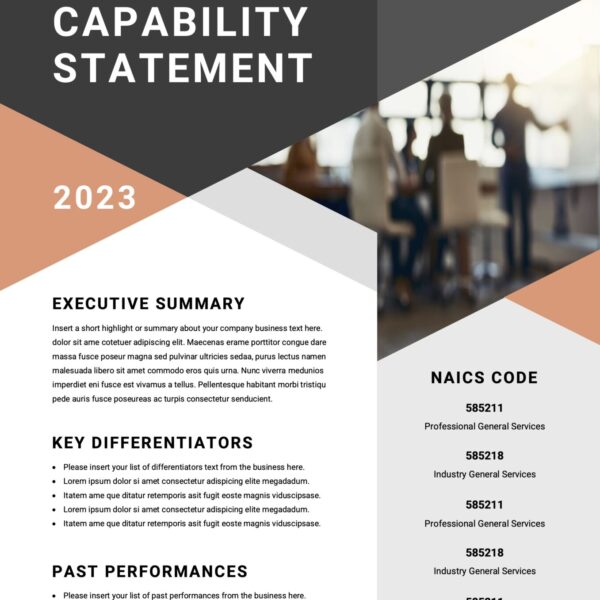 There is a point in a designer’s career, that you will, if you haven’t already, come in contact with a client that wants to rule the entire project. They pick on the colors, the layout, and the typeface (Comic Sans anyone?). Everytime you try put in your two sense, you’re shut down. I mean, you wouldn’t hire an mechanic to fix your car and tell him that he is doing it all wrong, would you?
There is a point in a designer’s career, that you will, if you haven’t already, come in contact with a client that wants to rule the entire project. They pick on the colors, the layout, and the typeface (Comic Sans anyone?). Everytime you try put in your two sense, you’re shut down. I mean, you wouldn’t hire an mechanic to fix your car and tell him that he is doing it all wrong, would you?
Before you give up and drop every curse word in the book (hopefully after the clients leaves or hangs up the phone) continue reading for ideas on how you can bring some light on a difficult, mindset client.
Education . . . when does this happens?
Before signing the contract! It’d be easy to say that education happens all the time during a design project. While that may be the case, if you haven’t set expectations properly up front, you are probably going to have problems later on. Learning how to educate your clients certainly will be the key of your success on the “battle for designs”. When a project begins, it’s important to establish that you are an expert and that your opinion is grounded in research and professional experience. Why? Because establishing your own credibility is important to getting them to understand that there is more than just a “gut feeling” behind your decisions.
Clearly explain your concept, just after taking the time of listening to the clients concept
Lack of communication and miscommunications can often destroy an entire project. When your client have a concept in mind, you should be able to take their ideas into consideration. They chose you because you are the right person for the job and you must treat it this way. Make sure to listen to their ideas and make sure they listen to yours. And hopefully come to a happy medium.
Your client have a “listening time”, use it wisely
Carefully listen to their idea, immediately after your time has come and you most use it effectively. Explain them why you will like to use certain fonts or how your color scheme would be more effective than the ones they had in mind. Explain your ideas and reasoning carefully. Use the basics; who, what, why and how. Please don’t use your fancy design jargon. Save that for the playground! Act professionally and simple on your explanations, this will increase your chances of having more say with the outcome.
Visual explanation…
You can show them a comparison of the two concepts, their idea and yours. This would require more time and effort but it would help them visually see the difference. Show them books or other examples of good, effective design which would assist helping them gain a broader, more visual idea of design. While showing these examples, follow the same procedure as above, and provide them with precise detail on why and how they work.
A big challenge for any designer is to learn how to manage clients successfully. Educating them has always been the smartest way to maintain good relationships. It is very important that you take the time to do this regularly in order to develop a pleasant experience for yourself and your client.



